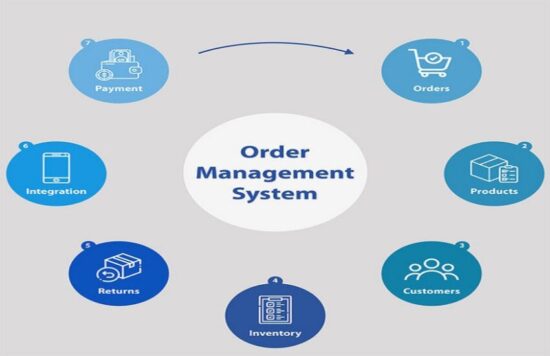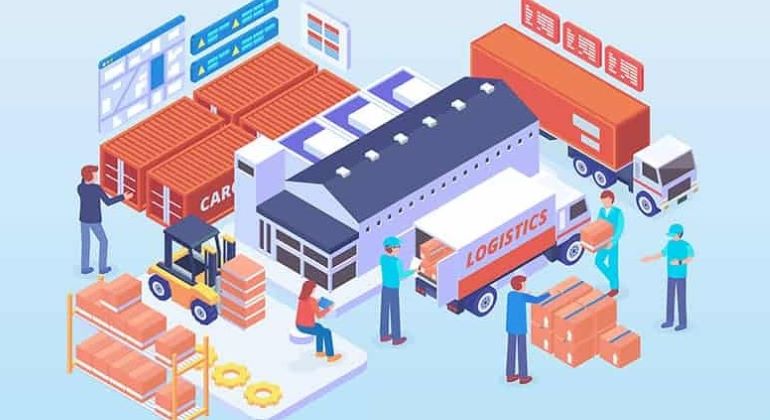A software platform called an Order Management System (OMS) is made to monitor and manage an order’s whole path, from the point of commencement to fulfillment. It includes all steps involved in getting, handling, and delivering orders to clients. An order management system’s main objective is to precisely and quickly fulfill orders in order to win over customers’ happiness and loyalty.
Businesses now depend heavily on order management systems (OMS) to handle the intricate sales, inventory, and fulfillment operations. Integrating your eCommerce company with a dependable, user-friendly, and high-quality commerce cloud order management is essential. Order management’s fundamental goal of ensuring that goods reach customers effectively has not changed, but customers’ expectations in terms of accuracy, timeliness, and transparency have changed dramatically. This blog explores the salient characteristics and advantages of OMS in addition to the effect that modern customer expectations have on these systems.
Key Features of Order Management System (OMS)
1.Order Processing and Tracking
From the time a consumer places an order until the final step of delivery, an order management system (OMS) keeps track of each stage. Order confirmation, payment processing, inventory distribution, and delivery are all included in this. An Order Management System (OMS) guarantees that clients are always updated on the progress of their orders by giving them real-time updates.
2.Inventory Management
Precise order fulfillment requires effective inventory management. Businesses can estimate demand, manage inventory across various locations, and keep track of stock levels with the aid of an OMS. By doing this, problems like stockouts and overstocking are avoided, inventory levels are optimized, and expenses are decreased.
3.Multiple Channel Integration
Various sales channels, such as e-commerce websites, marketplaces, and physical stores, can be integrated with modern OMS platforms. This guarantees an uninterrupted data flow and a single view of every order, independent of their source. Additionally, it facilitates omnichannel fulfillment tactics like BOPIS (purchase online, pick up in store).
4.Client Database and Support
A client database, that stores vital data including purchase history, preferences, and support interactions, is frequently a part of an OMS. This improves the overall customer experience by enabling targeted marketing campaigns and tailored customer assistance.
5.Management of Returns and Exchanges
Managing exchanges and returns effectively is essential to keeping customers happy. By keeping track of return requests, controlling restocking, and guaranteeing that exchanges or refunds are handled quickly, an OMS streamlines this procedure.
6.Reporting and Analytics
An order management system (OMS) offers important insights into the order management process by monitoring key performance indicators (KPIs) and producing fulfillment reports. Enterprises have the capacity to pinpoint opportunities for growth, streamline processes, and make informed decisions based on data to boost productivity and earnings.

Benefits of OMS
Businesses can gain a great deal by implementing an OMS, including:
–Enhanced Customer Satisfaction: Businesses can increase customer satisfaction and loyalty by offering a flawless ordering process, precise order fulfillment, and first-rate customer service.
-Enhanced Efficiency: Automation lowers manual error and simplifies operations in order processing, inventory management, and fulfillment.
-Improved Decision-Making: Organizations can spot trends, maximize inventory, and boost overall productivity with the use of real-time data and analytics.
-Scalability: Without sacrificing speed or quality, an OMS helps companies to grow and manage higher order volumes.
An Order Management System (OMS) is a complete system that improves all aspect of the order lifecycle, from inventory control to customer contact, rather than just being a tool for tracking orders. In order to remain competitive and satisfy the needs present-day consumers, organizations need to implement strong OMS systems as client expectations rise. Businesses may guarantee effective order fulfillment, increase customer happiness, and promote long-term growth by making an investment in an advanced OMS.


